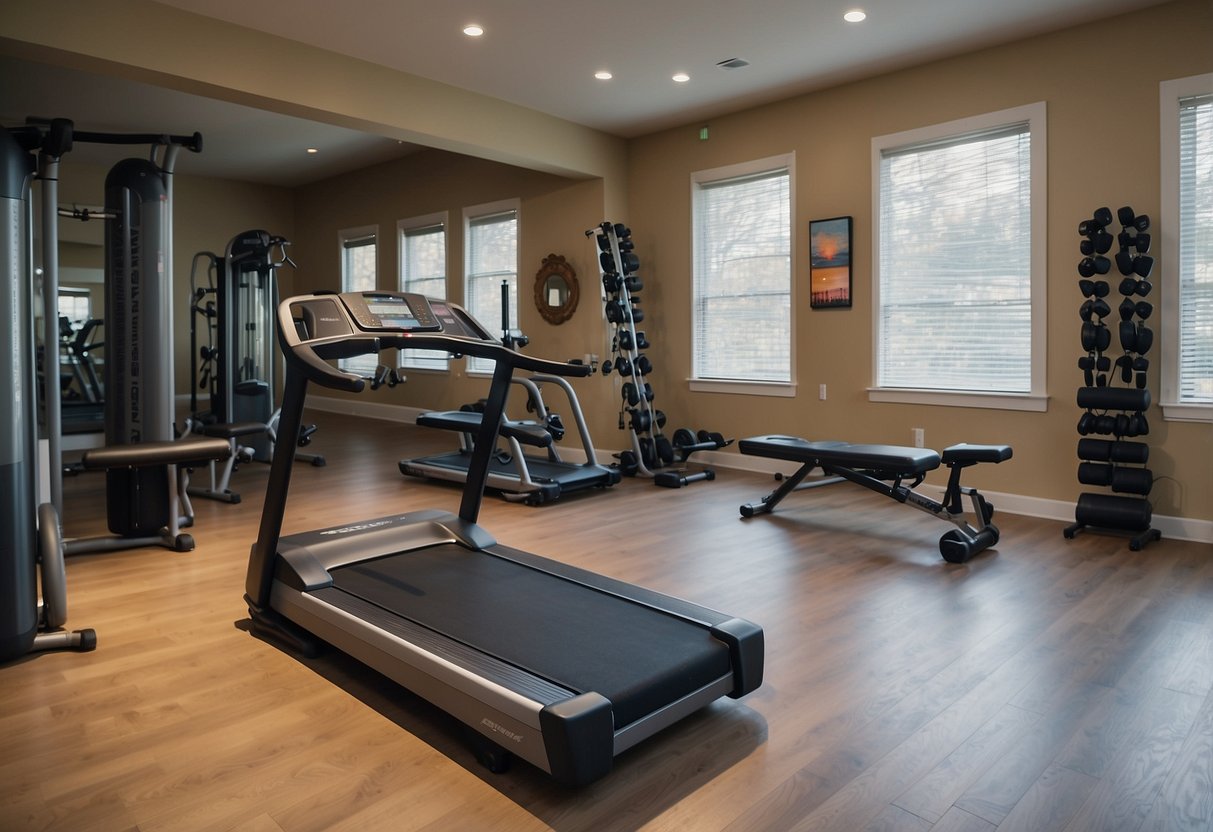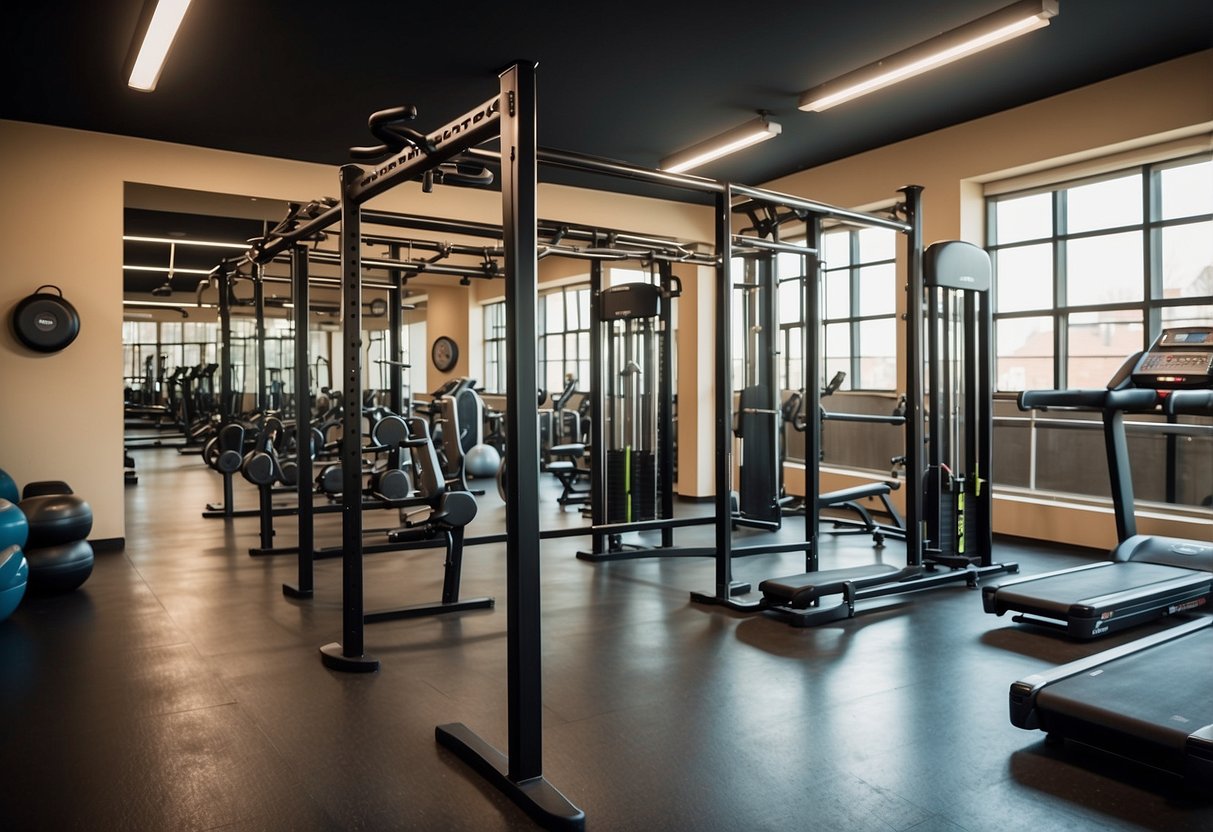Building a Home Gym: Essential Equipment for Every Budget and Space
Creating a home gym can be a game-changer for those looking to stay fit without the hassle of commuting to a commercial gym. You can build an effective workout space with a variety of essential equipment tailored to every budget. Whether you’re working with a tight budget or looking to invest in top-notch fitness gear, there are options available to meet your needs.
For those on a budget, start with the basics. Dumbbells, resistance bands, and a yoga mat can provide a comprehensive workout for strength training and flexibility exercises. Investing in versatile equipment ensures that you can perform a range of exercises to target different muscle groups.
If you have more to spend, consider adding a few advanced pieces of equipment. A sturdy bench, an adjustable kettlebell, and a compact treadmill can significantly enhance your home gym setup. These additions offer more variety and allow for more intensive workouts, making it easier to achieve your fitness goals at home.
Understanding Your Fitness Goals

Determining your fitness goals is an essential first step when planning your home gym. Identifying what you want to achieve helps tailor your equipment choices to meet specific needs. This approach ensures efficiency and avoids unnecessary expenses.
Start by asking what motivates you to work out. Do you aim to lose weight, build muscle, improve cardiovascular health, or enhance overall well-being? Each goal requires different types of equipment and exercise routines.
For instance, if weight loss is the primary objective, cardio equipment like treadmills or stationary bikes might be beneficial. On the other hand, those looking to build muscle may prioritize free weights or resistance bands.
Consider any physical limitations or conditions. Someone with joint issues might find low-impact equipment, such as rowing machines or elliptical trainers, more suitable. Tailoring your gym to accommodate these needs enhances safety and effectiveness.
Frequency and style of workouts also matter. High-intensity interval training (HIIT) enthusiasts may need versatile and space-saving equipment, while those focusing on strength training might invest in a good set of dumbbells and a sturdy bench.
Evaluating available space in your home is crucial. A compact apartment requires creative solutions, such as foldable equipment or multi-functional machines. Meanwhile, a spacious garage gym allows for more extensive setups.
Budget plays a significant role. Prioritize must-have equipment based on your fitness goals. It’s possible to set up an effective gym with only a few key pieces, especially if the budget is constrained.
Understanding your fitness goals helps to create a well-rounded and useful home gym tailored to specific individual needs. Proper planning ensures that every item in your gym serves a purpose, making workouts more effective and enjoyable.
Allocating Space and Design Considerations

When planning a home gym, the first step is determining the available space. This can vary from a small corner to an entire room. It is essential to measure the dimensions carefully to ensure that the equipment fits comfortably without overcrowding.
Natural light can enhance the workout environment, making it more inviting. If possible, choose a space with windows. A well-ventilated area is crucial too, as it can help keep the space cool and fresh during workouts.
Choosing flooring material is another important consideration. Rubber flooring is recommended as it provides cushioning and reduces the risk of injury. It can also protect the underlying floor from damage caused by heavy equipment.
Wall mirrors are beneficial as they allow individuals to monitor their form and technique, ensuring exercises are performed correctly. Additionally, mirrors can make the space feel larger and more open.
When it comes to storage, consider shelves or racks for keeping smaller equipment like dumbbells, resistance bands, and yoga mats organized. This helps maintain a clutter-free environment, making workouts more efficient and enjoyable.
It is also important to plan for electrical outlets if the space will include equipment like treadmills or stationary bikes that require power. Positioning outlets strategically can prevent the need for long cords and improve safety.
Finally, adding personal touches such as motivational posters or a sound system can enhance the ambiance and make the gym a more pleasant place to spend time. Thoughtful design can transform any space into a functional and inspiring fitness area.



